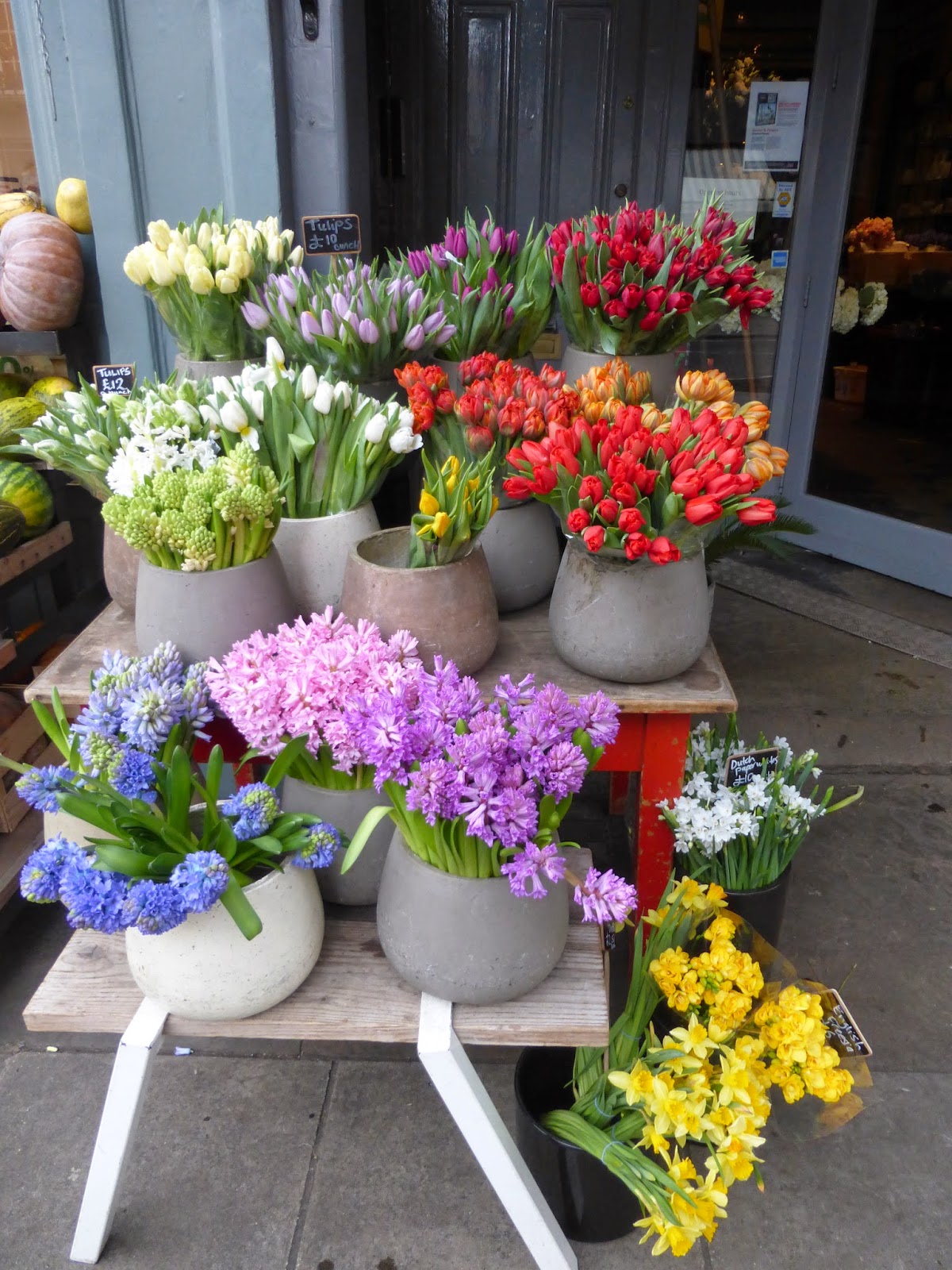Maida Vale Station is roughly midway on the Bakerloo line and opened in 1915 as part of the extension of the line to Queen's Park. The station is a listed building being of architectural and historical interest.

Inside the building, above the concourse are two mosaic roundels.

On the outside the station is tiled in the familiar ox-blood red with the name in large letters above the curved windows.
Round the corner on Randolph Avenue the windows still display the signs for Cigars and Tobacco
On leaving the station I was struck by the wide avenues with numerous large mansion blocks. Mansion blocks were a way of providing luxurious homes for the huge increase in the population of wealthy workers, following the Industrial Revolution throughout Europe. This type of housing was not that popular with Londoners thinking that living so close to your neighbours increased the risk of disease. It was also thought that having the reception rooms on the same level as bedrooms would just encourage loose morals. The land around here was owned by the Church Commissioners who were determined that any housing would be for the upper middle classes rather than risk the wrong sort of people moving into the area. However the Commissioners decided that building mansion blocks instead of housing would be far more profitable but waited until after the recession of the 1880s and built the first mansion block in Maida Vale in 1897.
This delay meant that the preservation of a large part of the estate had taken place and Paddington Recreation Ground was formed. Although the Commissioners fought hard to build on this land, a high profile public campaign won the day. Today this area is well used.

Other types of housing close to the station include two rows of Mews. This is Elgin Mews South of the station.

And Elgin Mews North of the station.
Walking South from the station to Warrington Crescent I came across the Warrington Hotel. This hotel/restaurant/pub looks magnificent from the outside and peering in through the windows looks just as wonderful inside. It was too early for me to stop for a drink but this has to be a place to revisit. I have heard there is a wonderful Tiffany window that is waiting for me to photograph so I hope to return here soon. I have discovered that it is a grade II listed building dating from 1857. Rumour has it that it used to be an upmarket brothel.
On the same road is the house where David Ben-Gurion (1886-1973),the first Prime Minister of Israel lived as a young man.

Within a few minutes walk of the station you can find different places of worship. This is Lauderdale Road Spanish and Portuguese Synogogue.
Next to the Forty Tree Green is St Augustine's Church
Then just around the corner on Maida Vale is the Islamic Centre of England
On the wall of St George's Catholic school is this memorial plaque to a very brave man who came to the aid of one of his pupils who was being attacked outside the school by a young man with a knife. He saved the pupil's life but sadly lost his own. The murderer was found and convicted.
On the way back to the station I walked past this early 20th Cent building which in the 1930s became the BBC Maida Vale Studios home to the BBC Symphony Orchestra and the BBC singers,

Arriving back at the station I saw this original sign showing the stations the tube would stop at going South. The stations in bold print are the ones that connect with other underground lines.

































































